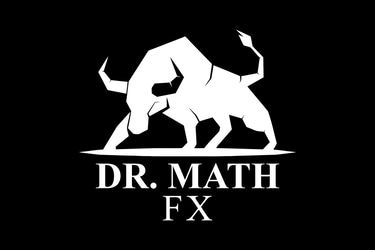

Mastering Risk Management in Trading: The Real Secret to Survival and Growth
In Forex trading, risk management is not just a skill — it is your shield and weapon. While strategy and analysis matter, the truth is that 90% of traders blow accounts not because of bad strategies but because of poor risk management.
Whether you are trading with your own broker account or through a prop firm, understanding leverage, position sizing, and risk per trade will determine if you stay in the game long enough to win.
What is Risk Management in Forex?
Risk management is the process of controlling your losses and maximizing your survival in the market. It answers two questions:
How much am I willing to lose on this trade?
How do I protect my account even if I’m wrong multiple times?
The golden rule:
Risk only 1–2% of your account per trade.
That means if your account is $1,000, you should risk no more than $10–$20 on any single trade.
Understanding Leverage in Forex
Leverage is the borrowed capital brokers or firms allow you to use so you can open larger positions with a smaller account.
1:1 leverage → No borrowing, you trade only your capital.
1:100 leverage → For every $1 you have, you control $100 in the market.
1:500 leverage → For every $1 you have, you control $500.
1:1000 leverage → For every $1 you have, you control $1000.
Why leverage matters:
Leverage magnifies both profits and losses. Without risk management, high leverage can destroy an account in minutes. But when used wisely, it’s a growth accelerator, especially for small accounts.
Broker Leverage vs. Prop Firm Leverage
Brokers:
Retail Forex brokers often provide 1:100, 1:200, 1:500, or even 1:1000 leverage.
Advantage: You can open large positions with very little margin.
Risk: Overleveraging leads to margin calls and blown accounts.
How to grow a small account ?(Read here..)
Prop Firms:
Most prop firms offer lower leverage, usually around 1:50 to 1:100.
Why? They want you to protect capital and trade conservatively.
Example: FTMO, MyForexFunds, The Funded Trader typically cap leverage around 1:100.
This forces you to think like a professional trader, focusing on consistency instead of gambling with oversized positions.
The Trader’s Mindset with High Leverage
Leverage is a tool, not a ticket to riches.
Think like a risk manager: “How do I survive long enough to let compounding work?”
Professionals use leverage for flexibility, while beginners use it for gambling.
Risk management is the foundation of trading longevity. Without it, even the best strategy fails.
Brokers may tempt you with 1:500 or 1:1000 leverage — use it wisely.
Prop firms force you to trade with discipline at 1:50 or 1:100 — embrace it.
The secret to growing a small account isn’t high leverage, it’s small, consistent risks compounded over time.
In trading, it’s not about how much you make in one trade. It’s about how much you keep after 100 trades.
Dr.MathFx
Elevate your trading with expert guidance today.
Copyright © 2025 DR.MATH FX. All rights reserved.
